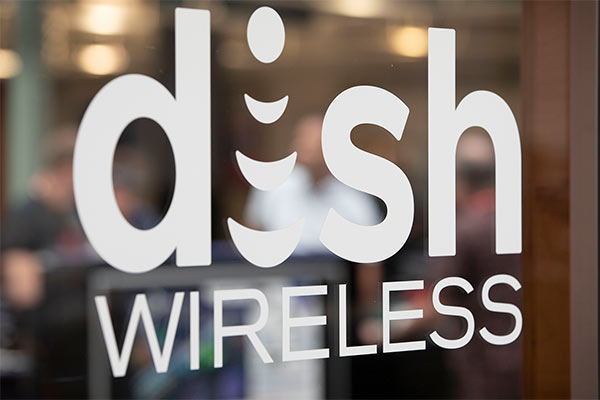Dish Network’s numbers were down across the board for the second quarter of this year, and it continued to post six-figure losses for both its pay-TV and its wireless subscribers.
Dish saw retail wireless net subscribers drop by about 188,000 in the second quarter, compared to a loss of 210,000 subs in the year-ago quarter.
In its pay TV business, the company lost 294,000 subscribers, compared with a loss of 257,000 subs during the second quarter of last year.
The company’s profits were $200 million for the quarter, down from $523 million during the same period last year. Dish closed out the quarter with a wireless subscriber base of 7.73 million subs and a pay-TV base of 8.9 million, which includes 6.9 million Dish TV subs and 2 million Sling TV subscribers.
In addition to its quarterly numbers, Dish also said that it will be re-combining with Echostar in an all-stock transaction, expected to close by the end of this year. The two companies were split in 2008, with Echostar aiming to focus on business related to commercial satellites and hardware, and Dish on satellite television. More details on that recombination in this story.
In its second quarter filing with the Securities and Exchange Commission, Dish said that it has certified to the Federal Communications Commission that “as of June 14, 2023, we offer 5G broadband service to over 73% of the U.S. population, or more than 246 million Americans nationwide, and have deployed over 16,000 5G cell sites.” As a result of meeting the milestone of covering at least 50% of the U.S. population by that date, Dish said, “the final build-out deadlines were extended automatically to June 14, 2025 for us to offer 5G broadband service to at least 70% of the population in each Economic Area for the 700 MHz Licenses and AWS-4 Licenses and at least 75% of the population in each Economic Area for the H Block Licenses.”
The company also noted that it has the option to purchase 13.5 megahertz of 800 MHz spectrum which T-Mobile US has to divest, and that as of June 30, the Department of Justice extended by 60 days the deadline for T-Mo to divest those airwaves; the previous deadline was August 30, 2023. Dish has done some testing at 800 MHz and is expected to purchase that ESMR spectrum, valued at about nearly $3.6 billion. “We are currently in negotiations with T-Mobile,” Dish said in its quarterly filing.
In a research note, TD Cowen analysts said that Dish’s results were “good enough” and that as far as the Echostar deal, “The operational combination and talk of synergies take a backseat to the funding capacity that the deal could bring to Dish.” Dish said the Echostar deal enables it to raise an additional $10 billion in spectrum-backed debt, according to the TD Cowen analysts, plans to spend just $2 billion in the 2024-2025 timeframe to build its 5G network to meet 2025 FCC requirements. “This network will be bare-bones to reach the shot-clock as it builds a true 5G network over time when the lucrative P5G market materializes. … Dish simply needs to get to 2026 when regulators will allow Dish to sell its pieces or all of its valuable spectrum, or sell the company outright, to the Big 3 if necessary,” the research note concluded.

